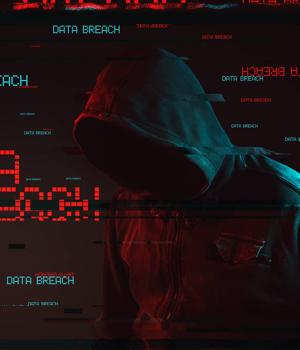Security News > 2020 > February > U.S. Charges 4 Chinese Military Hackers Over Equifax Data Breach

The United States Department of Justice today announced charges against 4 Chinese military hackers who were allegedly behind the Equifax data breach that exposed the personal and financial data of nearly 150 million Americans.
In September 2017, credit reporting agency Equifax disclosed it had become a victim of a massive cyberattack that left highly sensitive data of nearly half of the U.S. population in the hands of hackers.
As The Hacker News reported earlier, hackers compromised Equifax servers using a critical vulnerability in Apache Struts Web Framework that the company forgets to patch on time even when an updated secure version of the software was available.
In 2014, similar charges were announced against five Chinese military officials for hacking and cyber espionage against several American companies.
The U.S has also charged the other two Chinese hackers in 2015 for a massive data breach where hackers stole the personal information of over 80 million customers of the Anthem health insurance company.
News URL
http://feedproxy.google.com/~r/TheHackersNews/~3/3bn3pKfuKMM/equifax-chinese-military-hackers.html
Related news
- Chinese Hackers Breach Juniper Networks Routers With Custom Backdoors and Rootkits (source)
- Chinese Hackers Breach Asian Telecom, Remain Undetected for Over 4 Years (source)
- StreamElements discloses third-party data breach after hacker leaks data (source)
- US charges Chinese hackers linked to critical infrastructure breaches (source)
- Silk Typhoon hackers now target IT supply chains to breach networks (source)
- Data breach at Japanese telecom giant NTT hits 18,000 companies (source)
- PowerSchool previously hacked in August, months before data breach (source)
- Live Ransomware Demo: See How Hackers Breach Networks and Demand a Ransom (source)
- Western Alliance Bank notifies 21,899 customers of data breach (source)
- Sperm donation giant California Cryobank warns of a data breach (source)